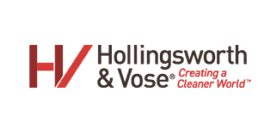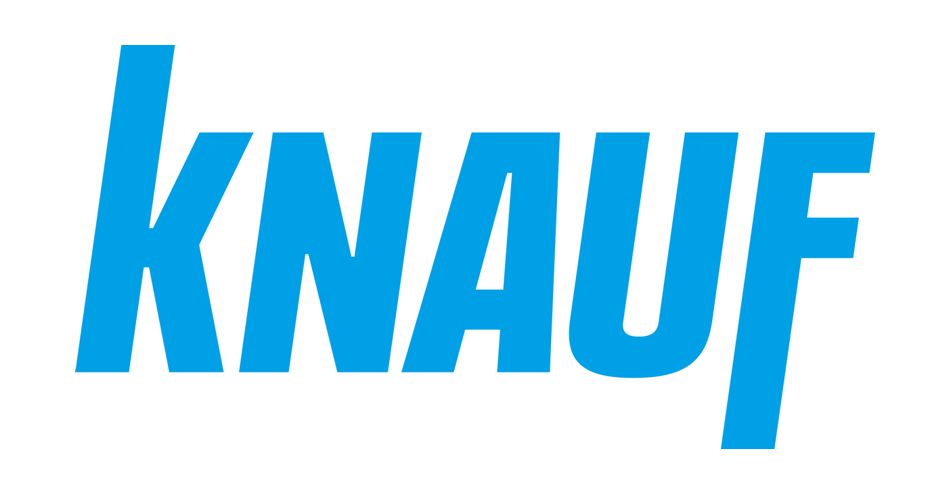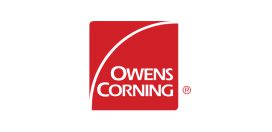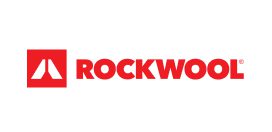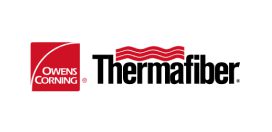Other benefits include boosting health, lowering emissions, infrastructure costs
Alexandria, VA — April 4, 2017 — The U.S. insulation industry contributes $20 billion annually to the U.S. economy and supports nearly 400,000 jobs throughout the United States, according to a new report published by the American Chemistry Council, The Contributions of Insulation to the U.S. Economy in 2016. The report was released recently during the joint insulation industry national policy and advocacy meeting sponsored by the American Chemistry Council, Cellulose Insulation Manufacturers Association (CIMA), Insulation Contractors Association of America (ICAA), Polyisocyanurate Insulation Manufacturers Association, and North American Insulation Manufacturers Association (NAIMA). It is the most recent analysis of the significant economic contribution of the U.S. insulation industry to the American economy.
The use of insulation in U.S. homes and businesses saves energy, putting more money in the pockets of American households and business owners. Moreover, as the new administration tackles its legislative and regulatory agenda, the U.S. insulation industry has direct and positive impacts in three specific areas that intersect the administration’s stated priorities and warrant attention: health/healthcare, energy and infrastructure.[1]
Health/Healthcare Costs
Studies show a correlation between energy efficiency/home performance activities, such as adding insulation, and occupant health. Most recently, a U.S. Department of Energy report found that energy efficiency work can create healthier living environments, improved general health, reductions in some asthma symptoms and fewer cases of hypertension and respiratory attacks. Further, the Institute for Healthcare Improvement cites improving patient experience, improving health and cutting the per-capita cost of care as three critical elements necessary to transform the U.S. healthcare system. With the healthcare debate far from over, policymakers should consider how improving our nation’s buildings can actually be a form of low cost, preventative care that supports the overall goal of improving health, in addition to its more well-known benefits such as reducing energy bills.
Reduced Energy Costs/Use
A study from the Boston University school of Public Health finds that increasing insulation levels in existing U.S. single-family homes to the 2012 International Energy Conservation Code (IECC) level would, in total, cut electricity consumption across the U.S. by 37 billion kilowatt hours. This reduction is equivalent to the annual electricity usage of 3.4 million U.S. homes. Further, 90 percent of homes are under insulated[2] and the average U.S. household spends 2.3 percent of income on home energy costs in higher-income households and up to 7.2 percent in low-income households.[3] Adding insulation lowers energy use and energy costs, allowing Americans to keep more of their hard-earned dollars.
Infrastructure
Infrastructure is about more than roads and bridges; it includes buildings too. As the Administration and Congress consider actions to revitalize America’s infrastructure, buildings need to be a part of the conversation. Sustainable buildings (incorporating the use of integrated design, sustainable materials and efficient building envelope design, including insulation) offer economic benefits and reduced costs from air pollution damage and lower infrastructure costs, e.g. for avoided landfills, wastewater treatment plants, power plants and transmission/distribution lines, according to the U.S. Department of Energy.[4]
“As we look at the totality of benefits attributable to the use of insulation in homes and businesses, it’s clear that insulation is a readily available technology that serves the needs of consumers, businesses and the environment,” said NAIMA President and CEO Curt Rich. “As legislative and regulatory policies of the administration begin to take shape, the U.S. insulation industry will be advocating for the use of insulation to tackle some of America’s most pressing priorities not just today, but in the years to come.”
[1] 2.0 The Economic Benefits of Sustainable Design, U.S. Department of Energy Office of Energy Efficiency and Renewable Energy https://www1.eere.energy.gov/femp/pdfs/buscase_section2.pdf
[2] This estimate is derived from information in the 2009 Residential Energy Consumption Survey, using methods to estimate insulation levels developed by Lawrence Berkeley National Laboratory and applied by Boston University researchers as part of a study supported by NAIMA into the energy savings and emissions reductions possible with increased insulation levels in U.S. homes.
[3] Natural Resources Defense Council. https://www.nrdc.org/experts/khalil-shahyd/study-highlights-energy-burden-households-and-how-energy-efficiency-can-help
[4] Ibid.
###
About NAIMA
NAIMA is the association for North American manufacturers of fiber glass, rock wool, and slag wool insulation products. Its role is to promote energy efficiency and environmental preservation through the use of fiber glass, rock wool, and slag wool insulation, and to encourage the safe production and use of these materials. Our website is insulationinstitute.org.




